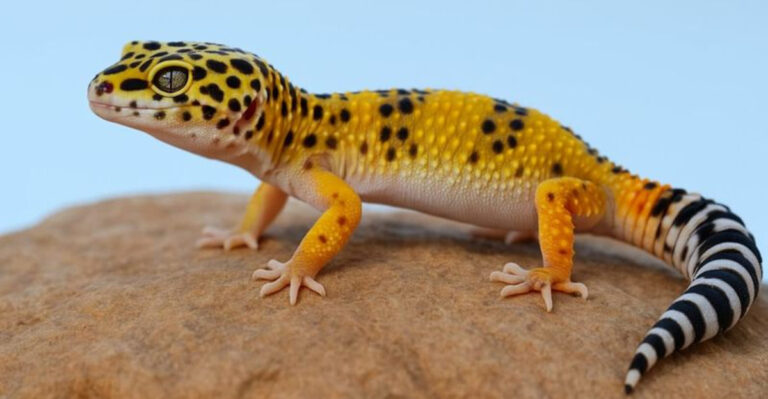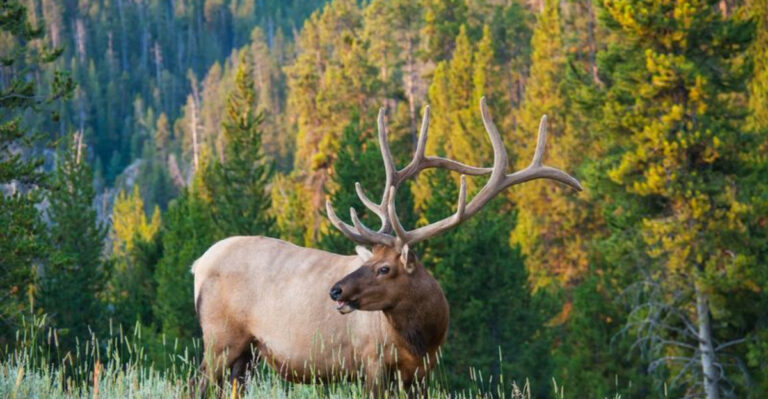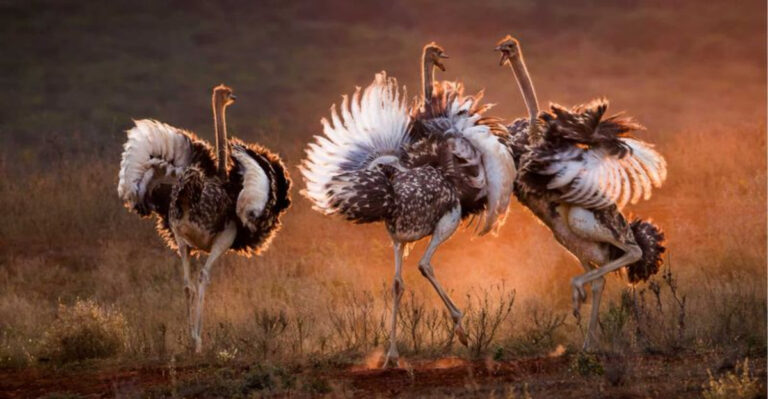10 Venomous Snakes In Arizona You Need To Watch Out For
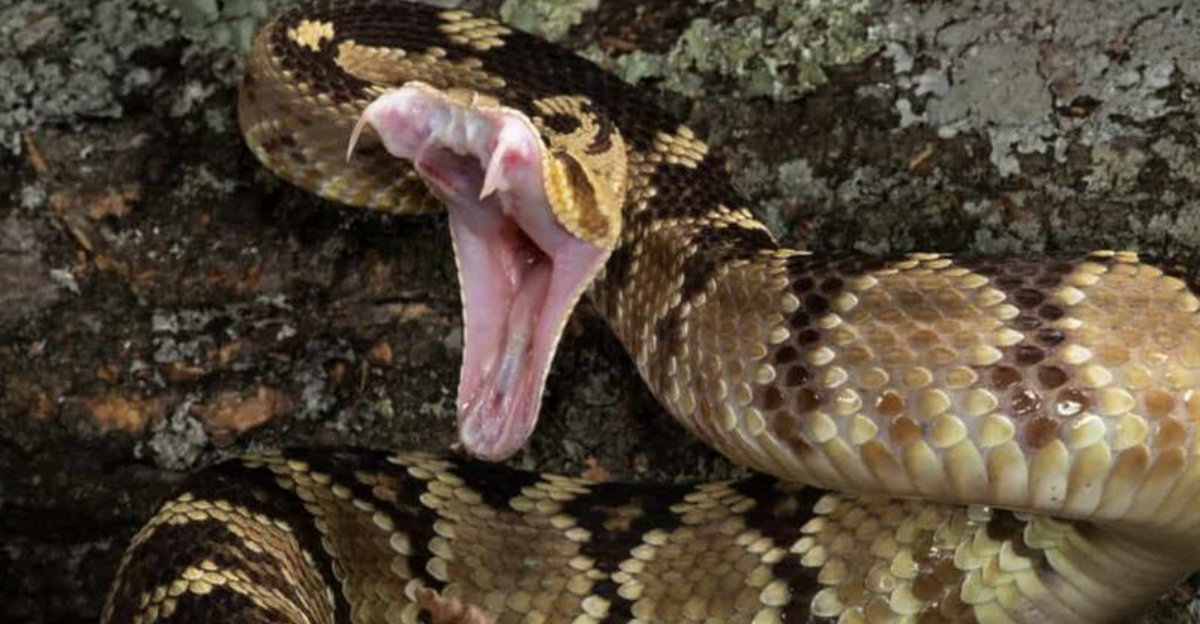
Arizona’s diverse landscapes harbor some of America’s most dangerous reptiles. From dusty desert floors to mountainous regions, venomous snakes thrive in this southwestern state’s hot climate.
Knowing which slithery creatures pose a threat could literally save your life during outdoor adventures in the Grand Canyon State.
1. Western Diamondback Rattlesnake
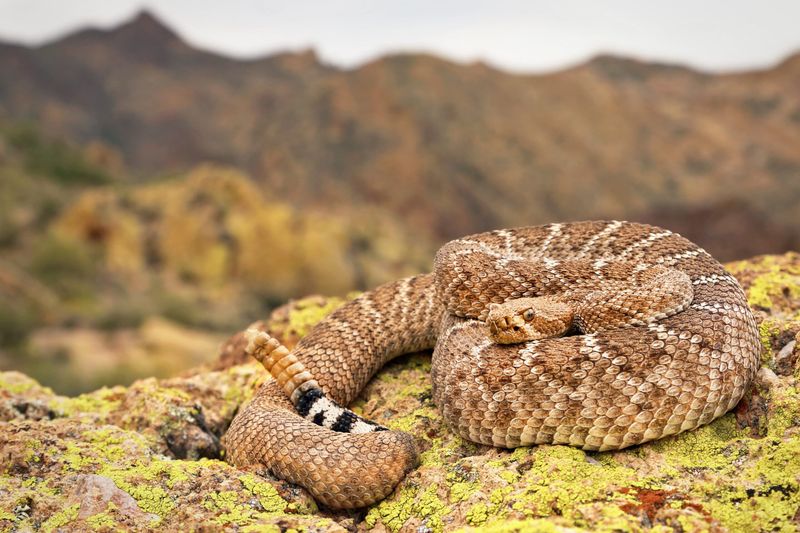
The unmistakable diamond pattern and bone-chilling rattle make this snake Arizona’s most notorious venomous resident. Growing up to 7 feet long, these aggressive rattlers deliver hemotoxic venom that destroys tissue and prevents blood clotting.
They frequent rocky outcrops and desert scrubland, especially during cooler evening hours. If encountered, back away slowly—these snakes can strike at distances up to two-thirds their body length!
2. Mojave Rattlesnake

Often mistaken for its diamondback cousin, the Mojave packs a more sinister punch. Its venom contains neurotoxins that attack the nervous system, potentially causing respiratory failure even with proper treatment.
Look for its greenish-gray body and distinctive white-bordered diamonds. These desert dwellers are most active during spring and fall when temperatures are moderate. Their potent cocktail of toxins makes them arguably Arizona’s most dangerous snake.
3. Arizona Black Rattlesnake
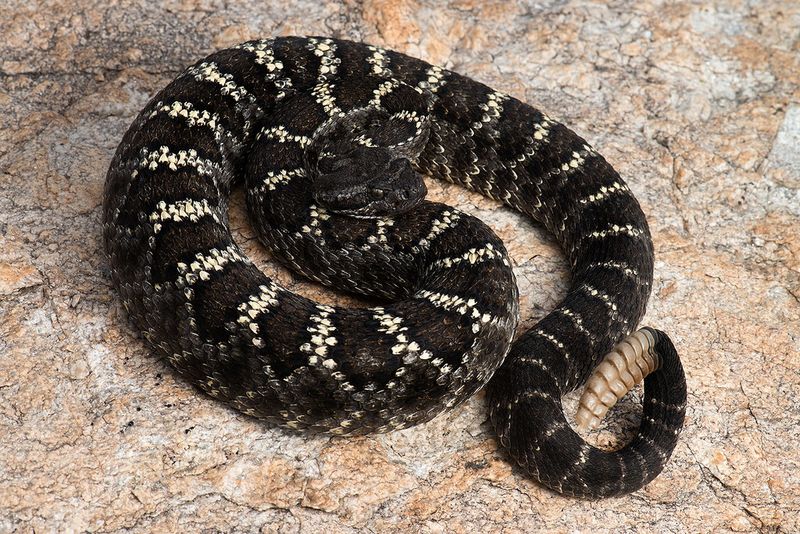
Mountain hikers beware! This high-elevation specialist lurks in Arizona’s forested highlands and rocky slopes. Their dark coloration provides perfect camouflage among pine needles and shadowy rocks.
Unlike their desert relatives, these rattlers tolerate cooler temperatures and can be active even on mild winter days. Their venom causes intense pain, swelling, and tissue damage. Listen carefully for their warning rattle when exploring wooded mountain trails.
4. Cottonmouth (Water Moccasin)
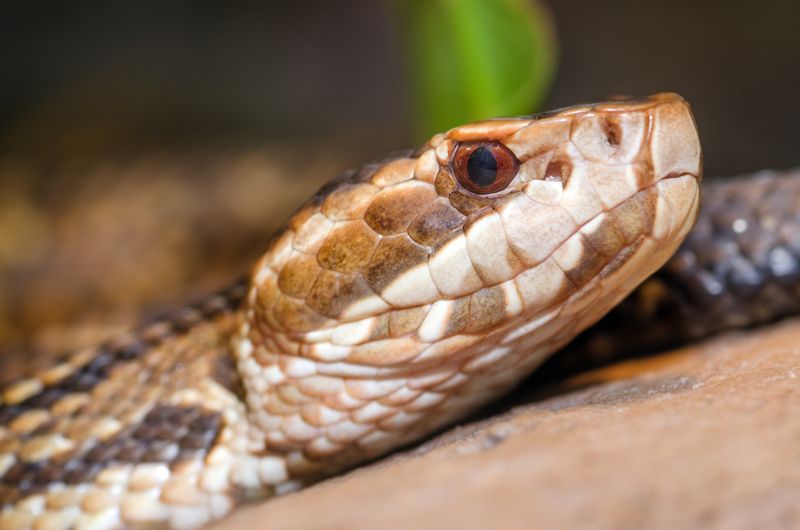
While rare in Arizona, cottonmouths occasionally appear in the eastern waterways bordering New Mexico. Their name comes from the startling white display inside their mouths when threatened.
Semi-aquatic and aggressive when cornered, they swim with their entire body visible on the water’s surface. Unlike water snakes, cottonmouths have vertical pupils and triangular heads. Their painful bite delivers venom that destroys red blood cells and tissue.
5. Copperhead

Masters of camouflage, copperheads blend perfectly with fallen leaves and forest debris. Their copper-colored heads and hourglass-patterned bodies make identification possible—if you spot them before stepping too close!
Found primarily in Arizona’s eastern regions, these ambush predators rarely rattle before striking. Though their venom is less potent than other rattlesnakes, their bites require immediate medical attention. Watch your step when hiking through leaf litter or crossing rocky creek beds.
6. Sidewinder Rattlesnake
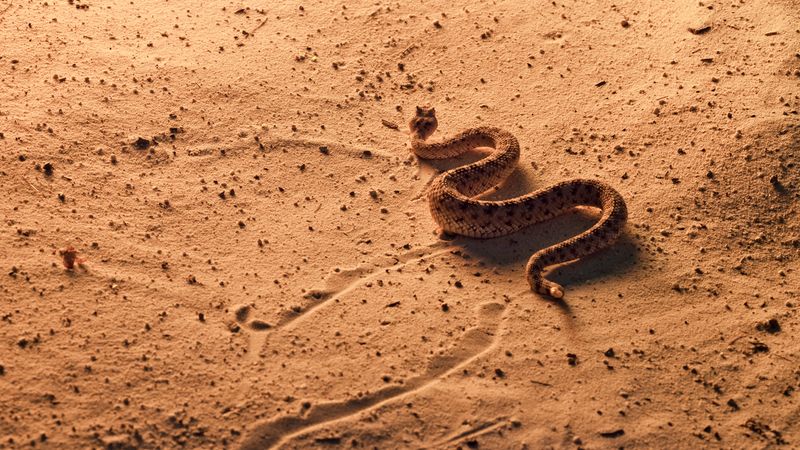
Famous for its unique sideways locomotion that leaves J-shaped tracks in the sand, this small rattler is perfectly adapted for desert life. Hornlike scales above each eye provide shade and protection while traveling across scorching dunes.
Desert travelers should check their boots every morning—sidewinders often burrow into footwear seeking shelter from nighttime cold. Despite their smaller size (rarely exceeding 2 feet), their venom causes severe pain, swelling, and tissue damage.
7. Twin-Spotted Rattlesnake
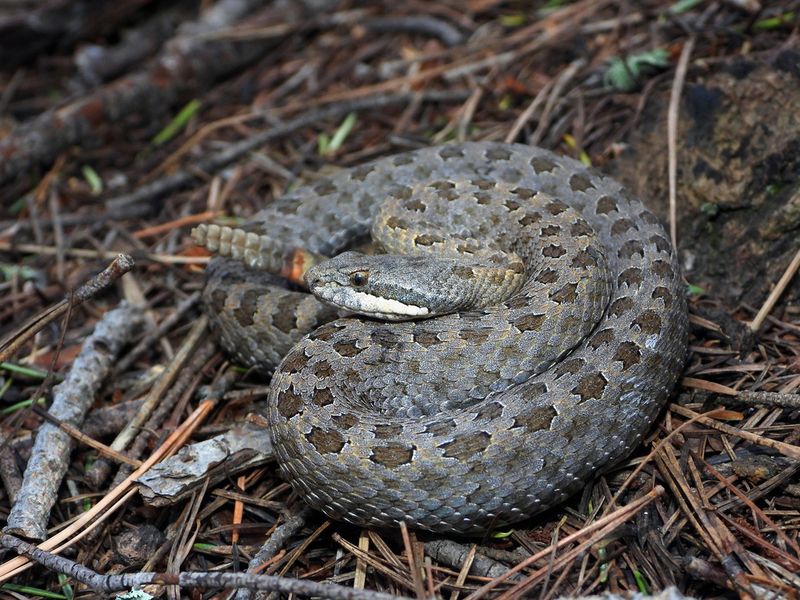
Small but mighty! This diminutive rattler rarely grows longer than 24 inches but compensates with highly potent venom. True to their name, twin-spotted rattlesnakes display two distinct rows of dark spots along their backs.
Mountain climbers exploring Arizona’s sky islands might encounter these snakes among rocky outcroppings above 5,000 feet. Their small size makes their rattle barely audible—a whisper compared to larger rattlesnakes. Always watch hand placements when rock climbing in their territory.
8. Red Diamond Rattlesnake
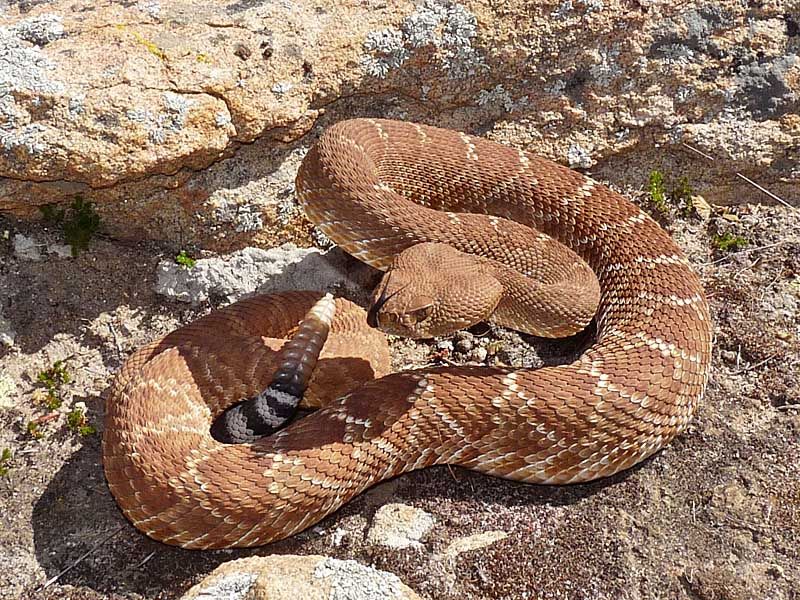
The brick-red hue of this impressive rattlesnake makes it stand out among Arizona’s venomous residents. Typically found in the southwestern corner of the state, these hefty snakes can reach lengths of 5 feet. Morning hikers often spot them basking on sun-warmed rocks after cool desert nights.
Their large size means they pack substantial venom glands, delivering potentially lethal doses to unwary victims. Their distinctive reddish diamonds bordered by cream-colored scales help with identification.
9. Grand Canyon Rattlesnake
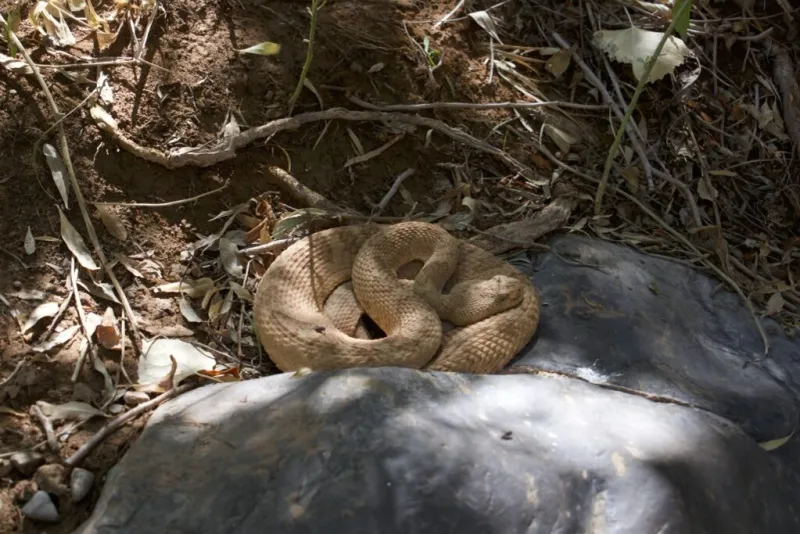
Evolved specifically for life along the Grand Canyon’s rim, these specialized rattlers display color variations matching the canyon’s iconic pink and orange rock layers. Their excellent camouflage makes them nearly invisible against the landscape.
Hikers navigating the Grand Canyon’s trails should remain vigilant, especially during morning and evening hours. These snakes play a crucial ecological role controlling rodent populations. Their venom causes severe tissue damage and intense pain requiring immediate evacuation to medical facilities.
10. Black-Tailed Rattlesnake

Distinguished by its jet-black tail section contrasting against a greenish-gray body, this rattler frequents Arizona’s rocky hillsides and mountain slopes. Unlike many rattlesnakes, they’re excellent climbers, occasionally found in low tree branches.
They prefer hunting at dawn and dusk when temperatures moderate. Though generally non-aggressive, they deliver painful venomous bites when threatened. Their distinctive black tail before the rattle serves as nature’s warning sign—a field identification feature for cautious hikers.

